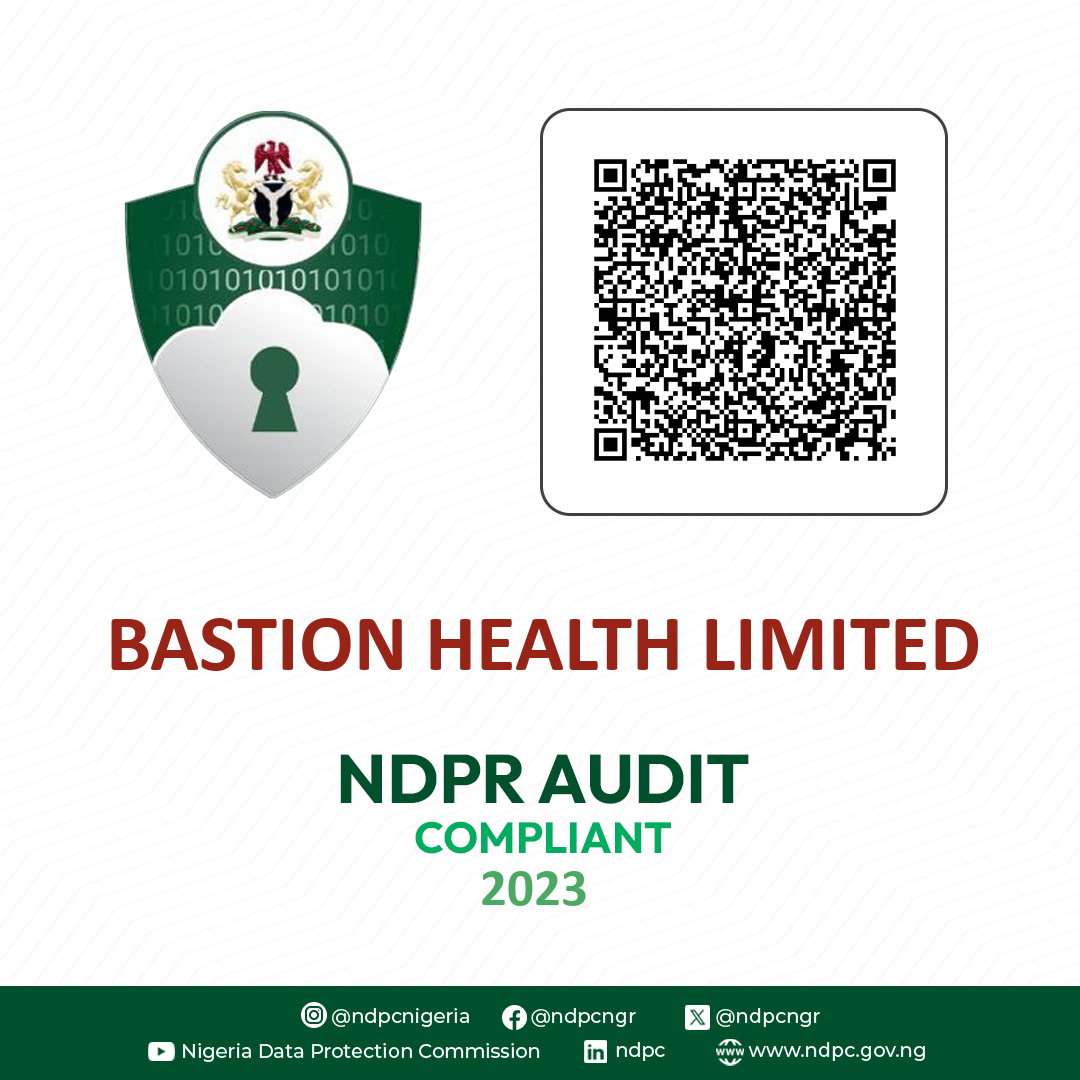‘It's has been going on for too long now and each time I bring her to the hospital, you people only reassure me or give me painkillers. Can nobody tell me what is going on with my child? Does anyone have a clue? She is starting her exams today and I had to bring her here because the pain was too much to bear. This has become tiring'.
Her daughter, a little girl in a striped pinafore school dress hung her head low as she clutched onto her tummy.
Abdominal pain in children is linked to frequent hospital visits which may sometimes require hospitalization.
A recurrent abdominal pain is one that has been on and off for a duration of 3 months. This is often a cause of worry and distress to the parent and caregiver as it can be severe enough to interrupt the normal activities of the child.
WHAT MAY BE RESPONSIBLE FOR THE RECURRENT ABDOMINAL PAIN?
There are number of possible causes of recurrent abdominal pain in children. It may be linked to a problem with the gut or a problem in other parts of the body; therefore, It is therefore important to determine the cause as this influences the management.
Celiac disease :
Abdominal pain along with other symptoms occur secondary to ingestion of meals containing a substance called gluten. Here, there’s an immune reaction to gluten. This disease can run in families. After the diagnosis is confirmed through a series of tests, the mainstay of therapy is avoidance of gluten-containing diets. Gluten is mostly found in processed foods like breads, candies, cakes, pies, candies, cookies, etc. It is also advisable to keep a food journal to document foods that worsen symptoms in order to limit them in future.
Lactose Intolerance:
This problem occurs when the body is unable to digest lactose, a type of sugar found in milk and sometimes other diary products. The symptoms which usually develop within hours of ingestion of the sugar may include bloating, excessive passing of gas, diarrhoea, tummy ache. Management is similar to the above conditions. It is important to keep a food journal to identify and avoid triggers.
Chronic constipation :

Children who are chronically constipated will have frequent episodes of tummy pain. It is important that the child’s diet is modified by increasing fibre intake and encouraging liberal water intake. Toilet training and modification of toilet habits plays a key role in reducing incidence of constipation in children. When there is severe constipation and conservative management has failed, there may be need for manual removal of stools.
Peptic Ulcer Disease :
This may be caused by the excessive production of acid in the stomach or due to an infection by a bacteria called Helicobacter Pylori. Tests may be needed to ascertain this diagnosis before treatment is commenced. Drugs like NSAIDS (e.g Ibuprofen), stress and long fasting periods along with some other factors have been identified as risk factors for ulcer.
Abdominal Migraine:
Abdominal migraine has been implicated as the cause of pain in every 1-2 out of 10 children who present with abdominal pain. Parents often find this diagnosis both ridiculous and hard to take. This falls under abdominal pain that cannot be traced to any disease in particular. Here, there is no known underlying cause as in between episodes, child is perfectly fine and goes about normal activities with no form of impairment. Symptoms may include headache, nausea, vomiting, abdominal pain or intolerance to light. Pain is usually around the belly button and may last for about an hour and symptoms may be severe enough to prevent child from going to school.
Abdominal Colic :
A common complaint laid by parents. Here, they complain the breastfed infant cries excessively, twists and turns in discomfort especially after feeding. This symptom is caused by the presence of air in the tummy of the child which causes discomfort. To prevent this, ensure that during breastfeeding, the child latches onto the areola of the breast and not just the nipple. For bottle fed infants, ensure the mouth is fully wrapped around the teat of the bottle and the bottle is being held at the proper angle. The proper angle is one that limits the amount of air sucked by infant during bottle feeding and this is achieved by only slightly tilting the bottle during feeding, holding it in a way that ensures the contents of the bottle occupy the top, without an empty space inside, between the feed and the bottle. Also, ensure infant is burped immediately after breastfeeding.
Severe worm infestation :
This is a common problem in developing countries and areas with poor sanitation. Worm expellant will be prescribed by a doctor to eradicate the worms.
WHEN TO SEE A DOCTOR
It is important to see a doctor for further evaluation and to establish a diagnosis especially when the abdominal pain is persistent and severe enough to impair function.
There are some symptoms called ALARM symptoms. This means medical evaluation is required.
- Blood in stool
- Unexplained fever
- Unintentional weight loss
- Significant vomiting
- Regression of growth pattern.
- Difficulty or pain in swallowing
- Severe diarrhoea
- Family history of Inflammatory bowel disease, celiac or PUD.
- Late onset of puberty.
Treatment of abdominal pain in children is largely dependent on what the doctor finds in both physical examination and test results.
Blood tests, urine tests and stool analysis, abdominal scans and X-rays may be required to evaluate the symptom and determine its cause. Treatment may range from medications to dietary changes, depending on the identified cause.

Recurrent abdominal pain in children is quite common and in a large percentage of children, it occurs in the absence of an organic cause. Many children outgrow this and go on to live pain-free lives. However, it is important to have a proper medical check up and investigation to rule out other sinister causes.










